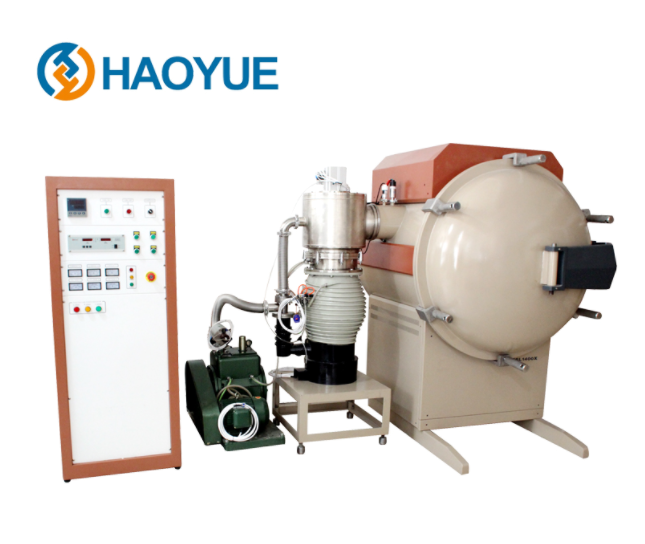Oct. 24, 24
Stainless steel parts represent a large part of the sintered parts market and they rely on sintering to transform porous, fragile parts into strong, fully dense parts with a wide range of applications such as automotive, biomedical industry, machinery and fashion. In this article, we will discuss how to choose a sintering atmosphere for the vacuum atmosphere furnace, using stainless steel as an example.
Atmospheres play a crucial role in the successful outcome of the sintering process and must therefore be carefully selected depending on the material and the final application. Sintering in a vacuum (reducing atmosphere) has several advantages.
Bright surface after sintering, no oxidation and no atmospheric contamination. Precise setting and monitoring of process parameters.

The most common gases used as protective atmosphere in vacuum furnaces are: nitrogen, argon, hydrogen. Let's delve briefly into this topic, focusing on the advantages and disadvantages of the 3 process gases.
As a rule, pure argon is not the best choice for processing stainless steel. In fact, argon is insoluble in the steel matrix and can create porosity due to gas trapped inside the part.
It is an inert gas and is the cheaper of the process gases, which is why it is widely used in sintering applications. Nitrogen can form nitrides at high temperatures. In the case of stainless steel, for example, chromium nitride precipitation can affect the corrosion resistance of the part by forming sensitized areas that act as corrosion initiators, and for this reason, high cooling rates are often used after sintering in nitrogen to minimize this phenomenon.
Hydrogen has the ability to reduce oxides and is therefore widely used in the sintering of stainless steel, thus helping to obtain clean parts. Hydrogen also plays an important role in carbon control of parts by removing the residual carbon left behind by the binder itself at the end of the binder burnout. It should be noted, however, that vacuum furnaces operating with hydrogen require additional safety measures.
Despite the increased complexity of the equipment and the higher process costs, a vacuum furnace operating under hydrogen overpressure has several advantages.
Due to the pressure inside the furnace, oxygen cannot enter the furnace under any circumstances.
There are more active hydrogen molecules available in the furnace than in a partial-pressure atmosphere, so the reduction capacity can be maximized.
In some cases, the use of inert gases and hydrogen mixtures may be a good compromise. They retain some of the reduction capabilities unique to pure hydrogen atmospheres while reducing operating and investment costs.
Choosing the right sintering atmosphere for your process can help you strike the best balance between results and operating costs. Please follow HAOYUE for more information, we have different types of sintering furnaces for sale and also provide you with technical guidance.